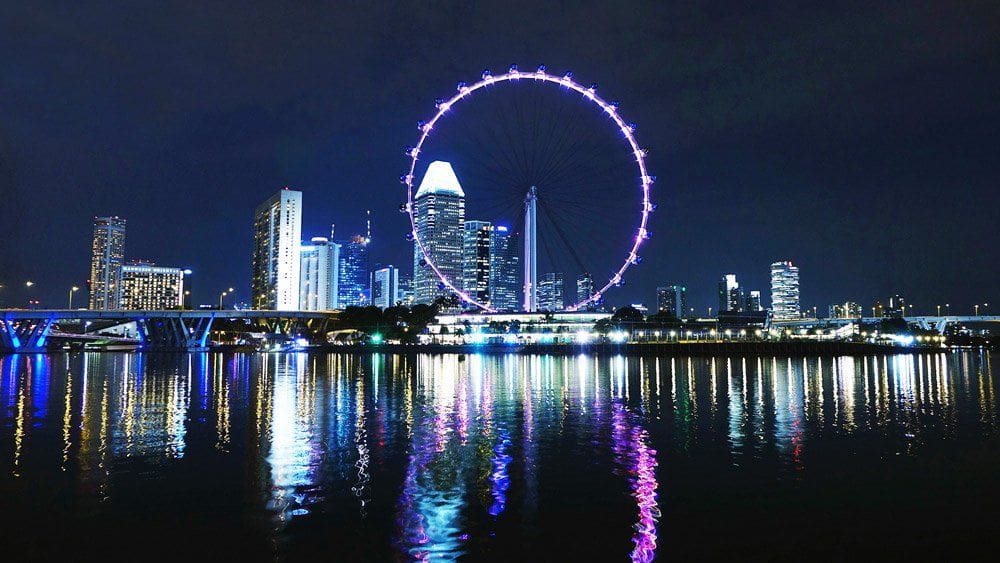Singapore Household Wealth

The domestic and global economic situation continues to be a cause for concern, but there is good news amongst all of the doom and gloom. Yes, Singapore’s economy is having a rough time, and short to midterm projections don’t predict improvements anytime soon, but a recent study has shown that household wealth on the island is increasing, and will continue to increase.
Household wealth is defined as the value of a person’s entire assets – their property, disposable cash etc. – minus all debts. These debts would include loans and mortgages.
The latest Global Wealth Report carried out by the Credit Suisse Research Institute, found that the total household wealth in Singapore grew by 2.9% in the last year, and now stands at S$1.56 trillion. The report also predicted that this figure is likely to rise by a further 3.5% year on year for the next five years, which would mean by 2021 the total household wealth would be above S$2 trillion. As a whole, the Asia-Pacific region performed well, with an increase of 4.5%, the highest for any region.
Drilling a little further down into the numbers, the average wealth per adult in Singapore climbed 1.4% and now sits at US$277,000 (S$396,800) which puts it at seventh among the major global economies. This is predicted to grow 2.2% each year until 2021 giving a figure of US$309,000 (S$442,600). Impressive though this is, it is significantly lower than the 6% growth rate that was seen in Singapore from the turn of the millennium until this last year. That period benefited from, among other things, asset price increases and high levels of savings (as well as a favourable exchange rate between 2005 and 2012). On average, each adult in Singapore has US$54,800 (S$78,500) of debt, or 17% of total assets, which the report classes as “moderate for a high wealth country”.
The Wealth Gap
As you would expect, this wealth is not divided evenly across the population – a population that is home to 150,000 millionaires. The difference in wealth across a population is represented by what is known as the wealth gap ratio. This is worked out by the relationship between the median wealth of a nation’s populace and its mean wealth. The median is the figure owned by the middle person, if we lined the entire population up from high to low wealth, whereas the mean is the total wealth divided by the total number of people. In a country with a perfect wealth distribution, this ratio would be 1 to 1.
Singapore’s wealth gap ratio is 1 to 2.72. This compares favourably with the world’s richest nation the US, whose ratio is 1 to 7.09, but is slightly above those of Japan and Australia (both around 1 to 2).
A wide wealth gap, can lead to serious problems in society, as tensions develop between the haves and the have nots, the rich and the poor. Despite the overall wealth of the population increasing, so is the wealth gap. The rich are getting richer, and though the poor aren’t necessarily getting poorer, they are certainly getting left further and further behind by the top 20 per cent of citizens.
Latest New Launch Condos in Singapore
